Walter Sholund, logger, shipbuilder and violin player, built the barn-styled Evergreen Ballroom. Its presence drew a long stream of visiting musicians to its bandstand and across its stage. With them was a long line of dancers ready to tap their shoes across the dance floor. For a long stretch of time, Walter’s son Irving led the in-house band, a 10-piece orchestra, and the venue placed newspaper ads in the later years inviting everyone around to dance all night.
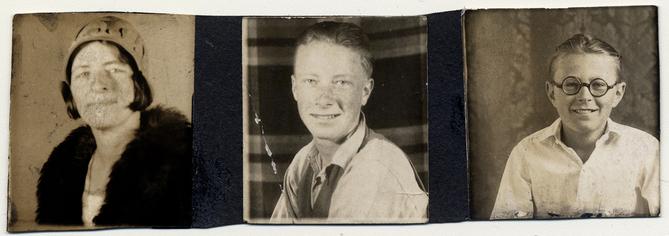
The Sholund family history can be traced back to Mikael Sjolund emigrating from Sweden to set up a new life. Mikael’s son Walter was born in Sweden on the same day that Washington established statehood, November 11, 1889. Whether fortuitous or providential, the family, along with Walter still a small child, immigrated to the United States, eventually setting up a homestead in Quilcene.
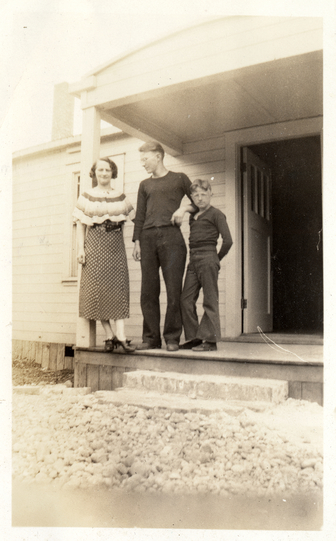
Growing up in the same area, Walter later became employed as a logging camp engineer in the Quilcene vicinity, but was also a violin player. It was not uncommon for pioneers to rally up their own entertainment with fiddles and mandolins, playing music for others, some of whom danced on the flats of giant cedar stumps. A postcard titled “Dancing in the Stump,” boasted one that was 18 feet across.
Walter eventually left and moved his family to Olympia. He worked in the shipyard, bought Liberty Bonds, was vice president of the Olympia Trade Council and a carpenter. Transitioning from a shipyard career to the music world, he took his skills of both and built the ballroom in 1931 on Route 2, along what would be the Olympia to Tacoma highway. There, Walter picked up his violin and began a new career, dancehall proprietor.
Music was intertwined with family from the very start. Walter and his three sons formed the in-house band, the first to begin somewhat of a trend of tandem ballroom and band ownership. Walter played violin. Irving, his oldest son, played the trumpet. Ronald, the next youngest, played clarinet and saxophone. And Walter’s youngest son Vernon, played the drums.
Irving embraced the music role. His Olympia High School band was broadcast on KGY radio. He started in the school orchestra in his 1931 freshman year. His brother Ronald, in the same graduating class, was also involved in the high school band. The Sholund sons would likely have known about the big bands in Seattle, the end of prohibition and perhaps heard those musicians live on KOMO radio. At some point after high school, attending the University of Washington and registering for a draft in the United States Army, Irving started his own orchestra.
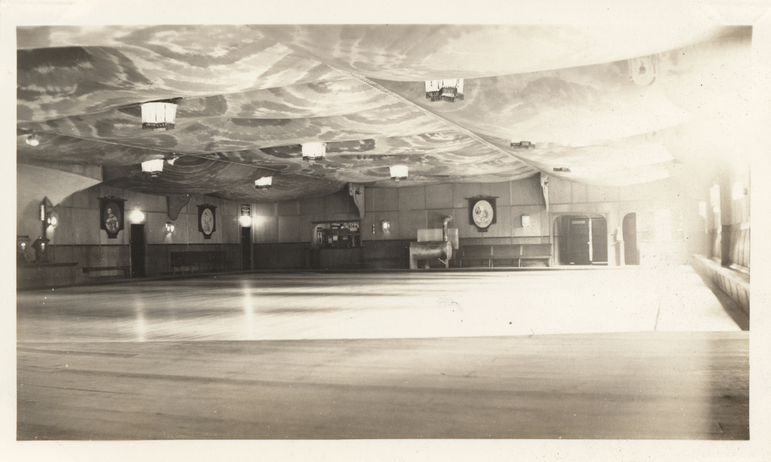
In 1932, the family rebuilt the ballroom after a fire, and in 1946, Walter Sholund, Irving’s father passed away. Irving continued as proprietor, booking numerous bands, their singers, a nearly incalculable and historic stream of famous performers. Many people who were there are no longer living, and after the ballroom was irrecoverably lost to fire in 2001, many records and memorabilia were burned with the building.
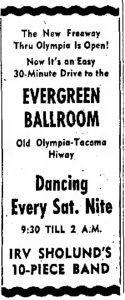
Photo credit: The Daily Chronicle 1959
However, thanks to newspaper records and continuous advertisements, a thread runs throughout them of Saturday night dancing, holiday celebrations and the occasional contest. Irv Sholund’s 10-piece band played the governor’s ball in 1951. His orchestra was hired by lobbyists to play in the capitol rotunda, described in The Daily Chronicle as his Evergreen Ten.
In 1952, Jimmy Dorsey and his Original Dorseyland Band played there. It was said at the time that they were responsible for the Charleston dance craze, the “two beat trend now copied by all other name orchestras,” described The Daily Chronicle.
Famed Trumpeter Louie Armstrong played in 1952, and so did Billy Mays’ orchestra.
In 1953, Duke Ellington, graced the stage.
In 1954, on the night that Jimmy Ramos sang, three 1954 Model RCA Victor 21-inch televisions were given away. Irving’s modern band featuring singer Jimmy Ramos competed against Oakie Armstrong and his Western Gang featuring Chuck Whit in a battle of the bands. Admission for the night was one dollar. Dancing commenced all night, pushing the legal closing time of 2 a.m. to the limit. The event’s advertisement boasted no intermission.
Popular places inevitably draw attention. While the memories of good times are prolific, a few reports of parking lots fights made the papers. In 1956, thieves broke into the back of the club late on a Tuesday night and stole 16 cases of beer. “Irv Sholund, proprietor, told Thurston County deputy sheriffs,” reported The Daily Chronicle, that “he’d heard noises in the ballroom but didn’t connect them with the skullduggery.”
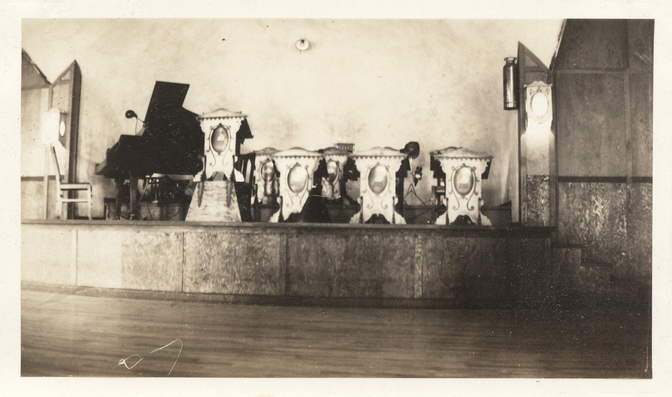
Times changed for the ballroom and the Sholunds. The new freeway, Interstate-5, was an exciting development, but it took travelers off the two-lane, Route 2 by the Evergreen Ballroom. Irving passed away in 1963. His mother and her second husband ran the venue for about two more years, eventually selling to an investor. Promotions continued and future proprietors led their own bands and continued to book performers who would go on to larger fame. The early days of Walter Sholund, Swedish immigrant, Pacific Northwest logger and engineer, community member and violin player passed into the hands of his son. Irving grew the Evergreen Ballroom, provided fertile ground for up and coming talent, and then it was time for a new era.

















































